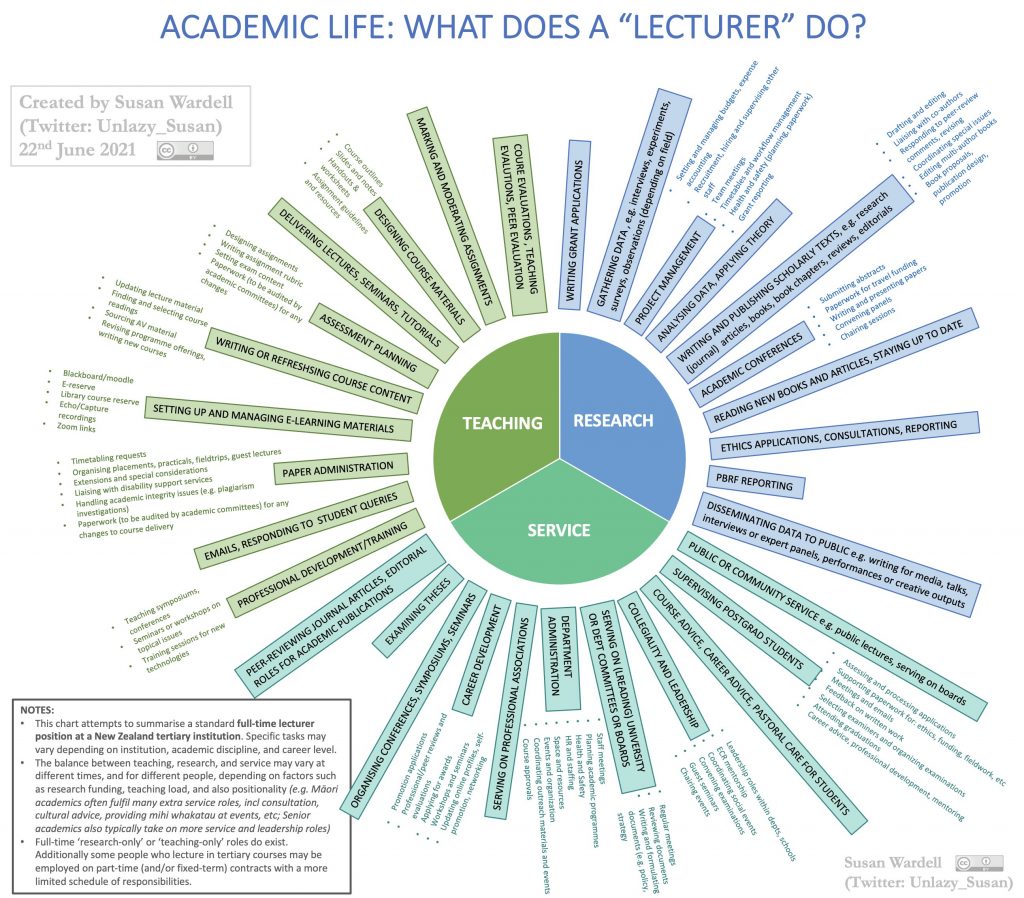In the PGLD (Postgraduate Learning Design) team, a course is never designed by one person, working alone. Creating online and blended forms of learning requires a wide variety of skills, with collaboration and co-design running all the way through the learning design process.
But how do we create strong relationships that allow us to successfully work together and produce engaging learning experiences – especially when we’re working with unfamiliar topics, new colleagues and evolving learning environments?
In her presentation at the Learning Design Meetup Co-design perspectives in learning design practices, Senior Learning Designer, Emily Oquist, zoomed in on this aspect of co-design in PGLD.
The learning design process
To understand why trusting relationships and empathy are so important, it’s helpful to be familiar with the PGLD design process. The four steps of this framework are: exploring what is, ideating what could be, prototyping and testing and finally, reflecting on what works and what does not.

These don’t necessarily happen sequentially. Some of them might happen in a parallel manner. Skipping ahead at times when certain aspects can’t be answered or taking steps back to rework ideas are common. This can be a messy procedure and is much better supported by strong relationships to work through the uncertainties that go hand in hand with the creative process.
Why is empathy important?
For learning design magic to happen, the relationship between the academic and the learning designer is crucial. Successful collaboration depends on empathy and deep listening skills. The learning designer needs to understand and acknowledge the demands on an academic and the multiple responsibilities and tasks that fall under their job description, captured in Susan Wardell’s diagram below.

The addition of a complex, unfamiliar or high-stakes learning design project to this ongoing juggling challenge makes empathy a crucial starting point for good working relationships. A trusting connection needs to be built and depends on all stakeholders being able to work together effectively.
What makes for a great design relationship?
So what kinds of practices help create a successful collaborative relationship? In breakout sessions at the Meetup, the group brainstormed elements that made a difference for them, including clearly communicating expectations, establishing clear process guidelines and cultivating respect for one another.
Looking at the group’s comments as a whole, many of these themes connect closely with empathy; a clearly defined scope and expectations, for example, can demonstrate the outcome of thoughtful listening and openness to another’s experience and priorities, as does making an effort to clarify processes and create psychological safety in shared interactions.
To explore more on empathy in co-design, take a look at some alternative perspectives in what does co-design really mean?, which shares some highlights from KA McKercher, a guest presenter in the recent Learning Design Meetup on co-design.
To continue the conversation and join future Learning Design Meetups, join the group on Teams or contact Mais Fatayer for more information.
Feature image by Önder Örtel
